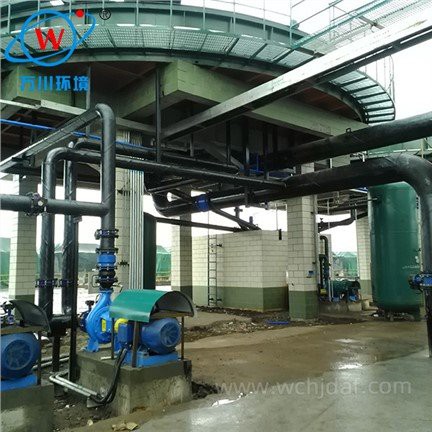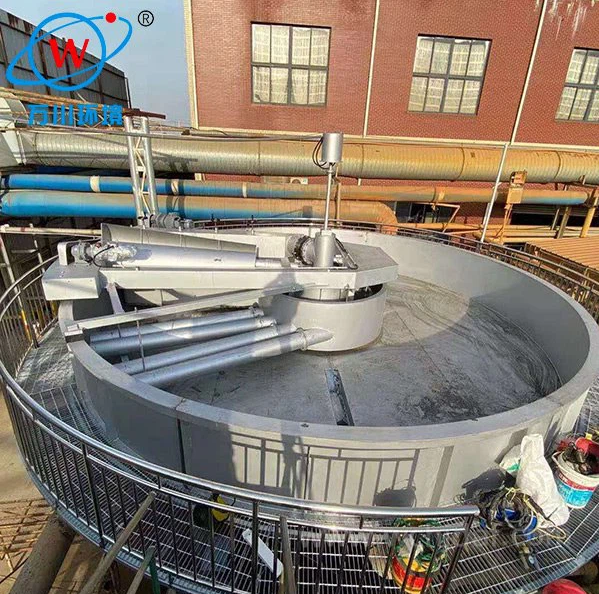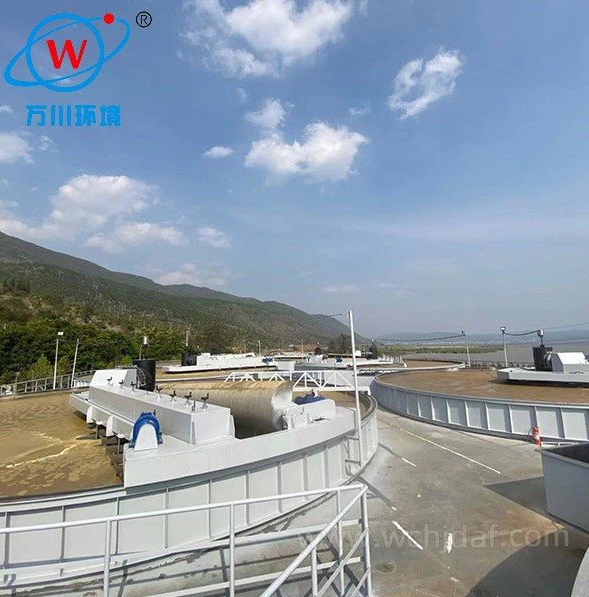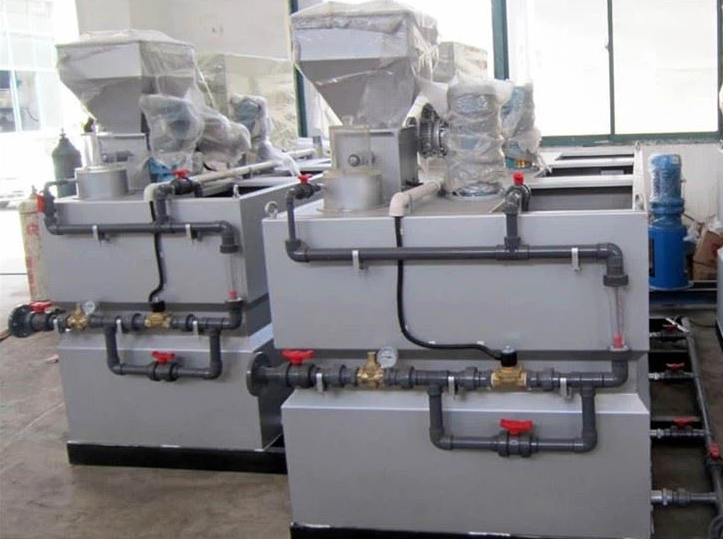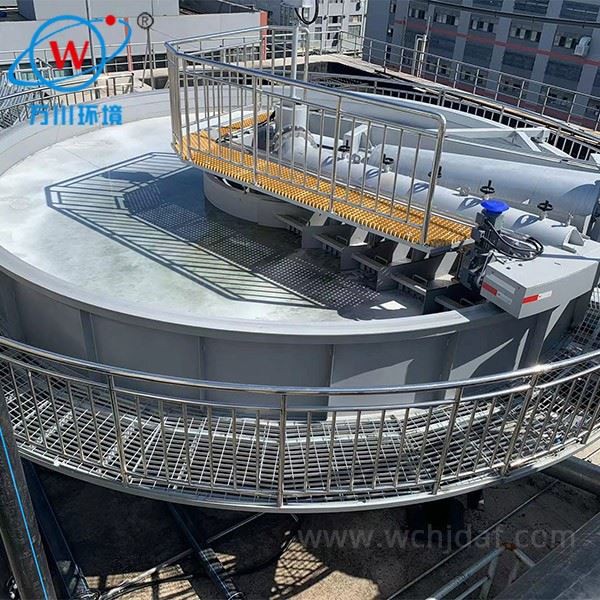Enhancing Bubble Quality in Induced Air Flotation (IAF)
Enhancing the bubble quality in Induced Air Flotation (IAF) is crucial for improving separation efficiency. Here are several effective methods:
Optimize Air Injection
- Adjust the air injection rate carefully. An excessive rate can lead to large, coalesced bubbles that rise too quickly and fail to attach effectively to contaminants.
- Too little air results in insufficient flotation capacity. Use air compressors with precise flow control valves to maintain a steady, optimal air flow rate.
- Ensure that the air is evenly distributed across the flotation tank through well-designed diffusers or injectors.
Select Appropriate Chemicals
- Addition of surfactants can reduce the surface tension of water, facilitating the formation of smaller, more stable bubbles.
- Coagulants and flocculants can aggregate fine particles, making them more likely to attach to bubbles.
- The dosage must be optimized, as an overdose may cause foam stability issues or interfere with the separation process.
Improve Equipment Design
- Invest in high-quality IAF equipment with advanced aeration systems.
- Micro-bubble generators can produce smaller and more uniform bubbles, increasing the contact area with suspended solids.
- The design of the flotation tank, including its shape, size, and internal baffles, impacts bubble behavior and can prevent premature bubble coalescence.
Control Operational Conditions
- Maintain a stable temperature and pH level in the flotation system.
- Extreme temperatures can affect the solubility of air in water and the performance of chemicals.
- An inappropriate pH can change the surface charge of particles, reducing their attachment to bubbles.
Key Consideration: For optimal IAF performance, regularly monitor bubble size distribution and adjust operational parameters accordingly. Smaller, more uniform bubbles typically lead to better separation efficiency.

